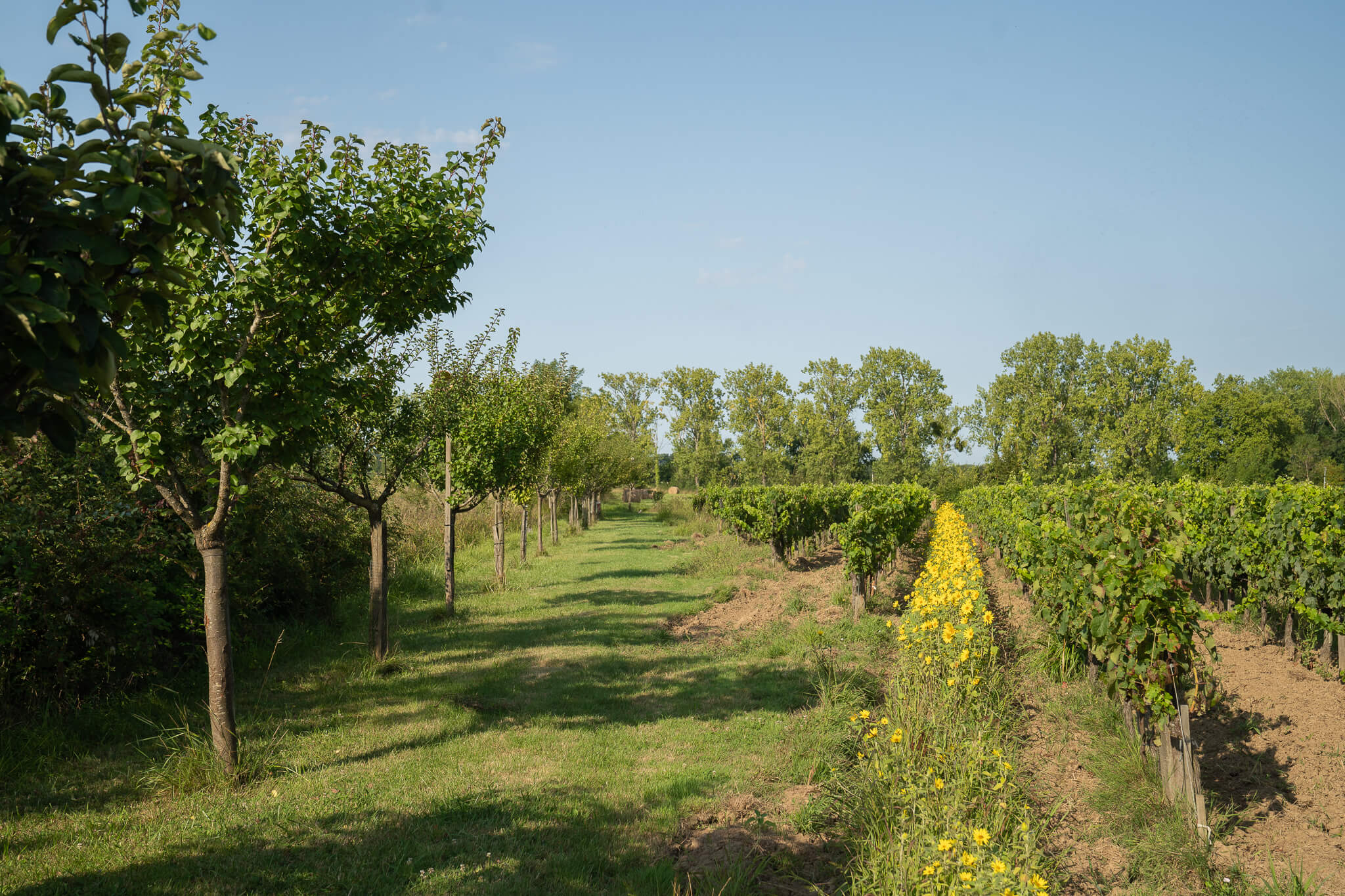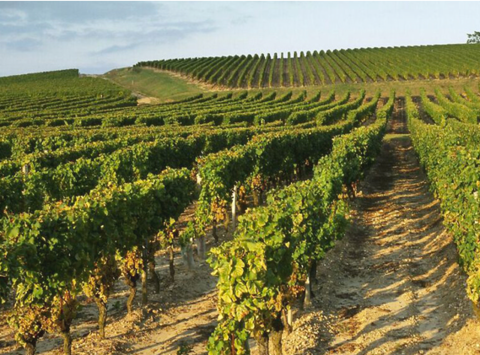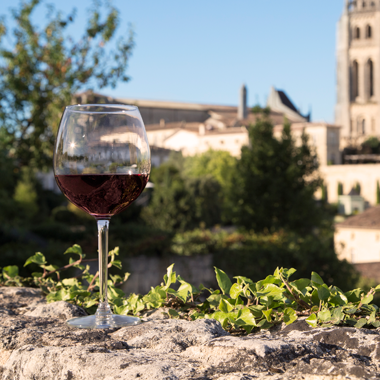Agroforestry and the vineyards of Bordeaux – 6 things to know
When people say “vineyard”, what image comes to your mind? Certainly rows of vines as far as the eye can see, against a background of blue sky. And yet… More and more silhouettes of trees and shrubs enrich the pretty landscape of Bordeaux. These new plantations are important, in particular for the protection of the environment and biodiversity. Find out more about agroforestry in the vineyards of Bordeaux with the help of this quick guide.
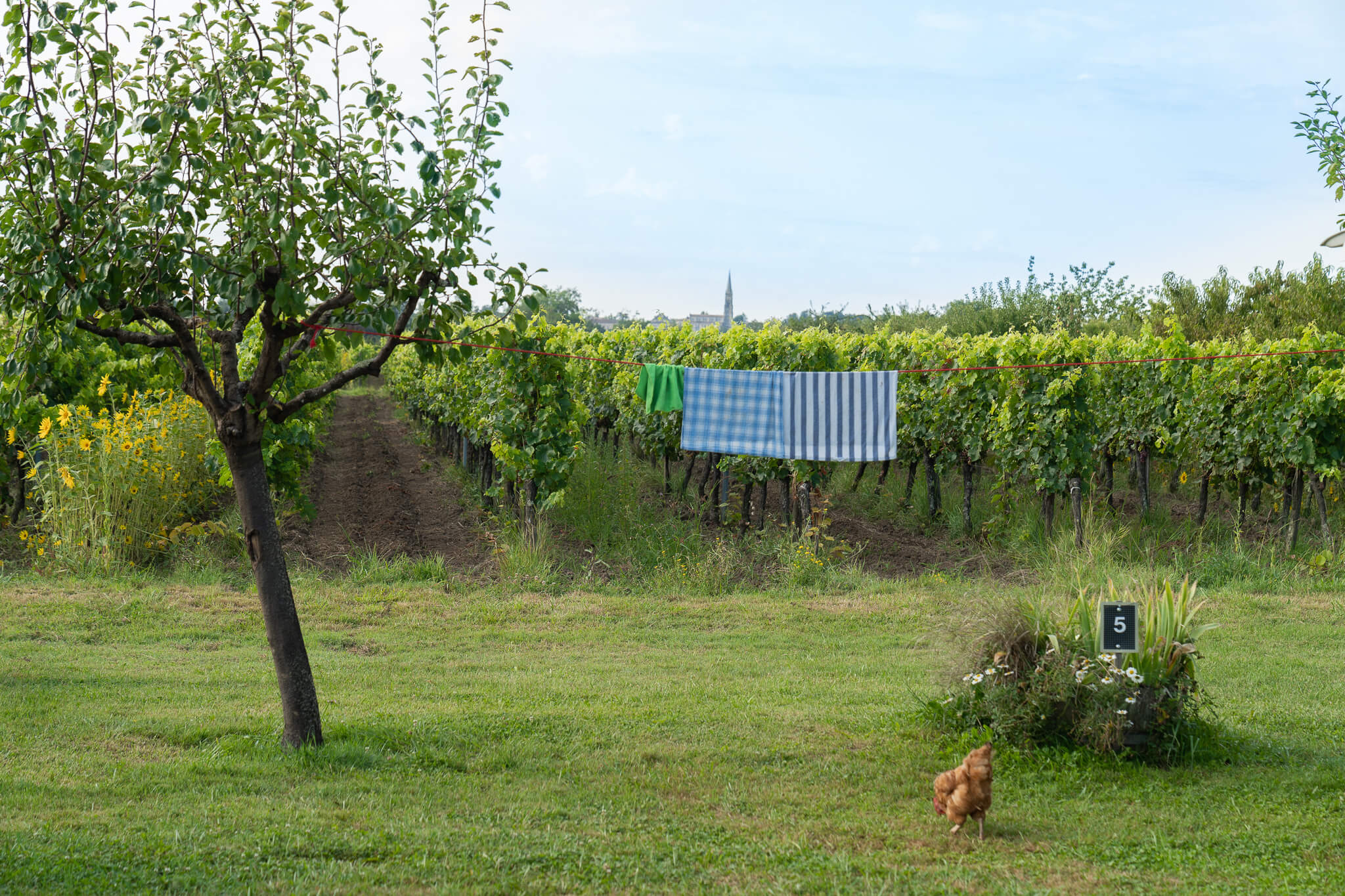
1. Agroforestry, a simpler definition than it seems
Admittedly, “agroforestry” may seem obscure at first glance. But rest assured – it just means the cooperation of trees (“forestry”) and crops (“agro”) on the same plot. In the case of a vineyard, we also speak more specifically of vitiforestry.
In viticulture, the principle of viticultural agroforestry consists of planting trees and shrubs, either directly in the plot (instead of vines or between two rows), or on its borders (in hedges for example). Often these plantations are associated with orchards and vegetable gardens, plant seedlings, the presence of animals (such as sheep) and beehives.
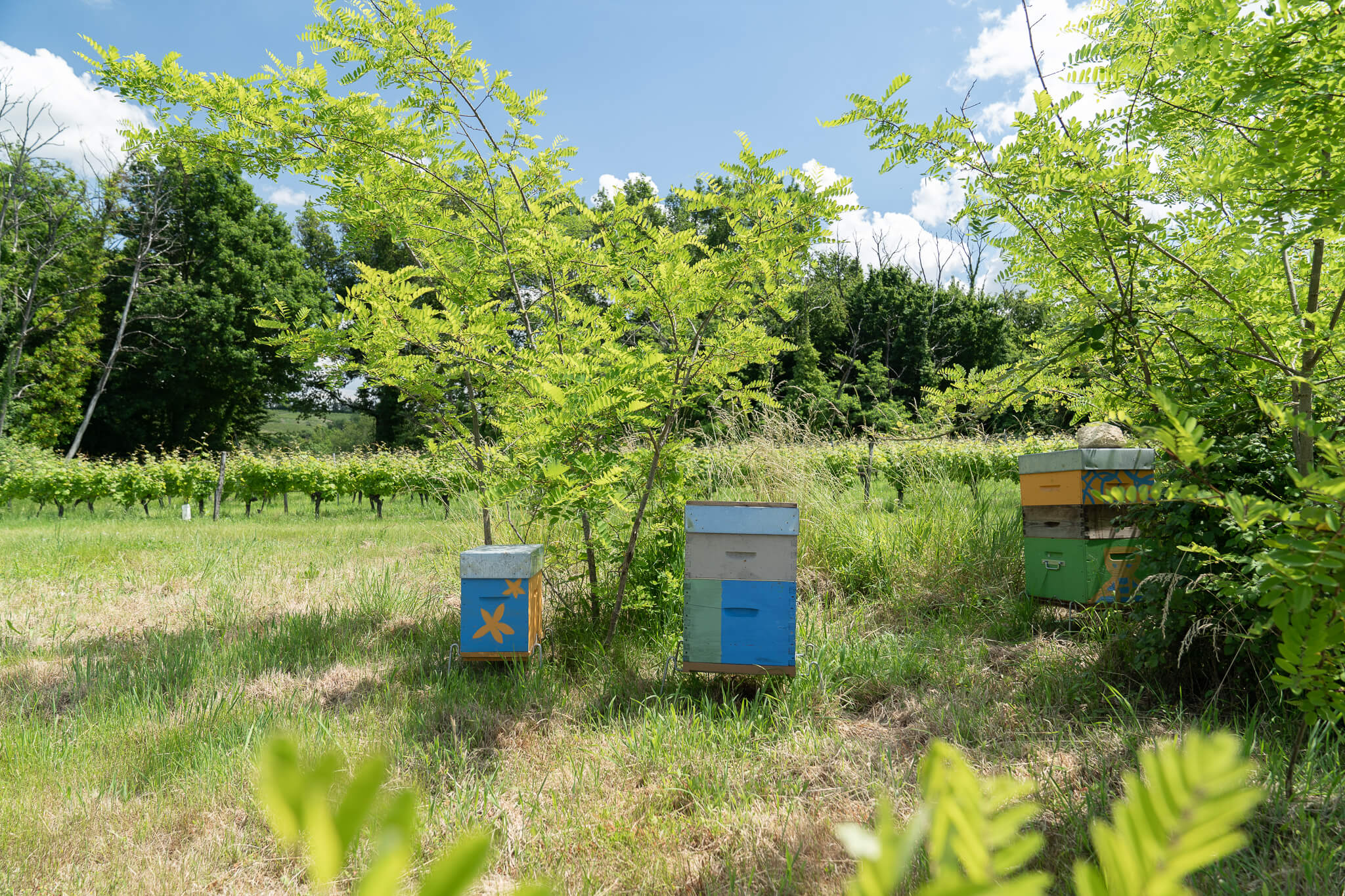
2. Local tree species above all, to pamper biodiversity
In the early days of vitiforestry, winegrowers tended to favour an alignment of trees or shrubs of the same species. However, most of them quickly realised one thing – there is nothing better to preserve biodiversity than to rely on native species. And with the many plant and fruit varieties existing in Bordeaux, there is plenty to choose from!
This diversity is indeed an asset: each plant and each fruit cultivation is different, thus stimulating the surrounding flora. These new plant strata are also home to valuable fauna (spiders, bees, birds, reptiles, bats, etc.) – helping to protect the precious vine.
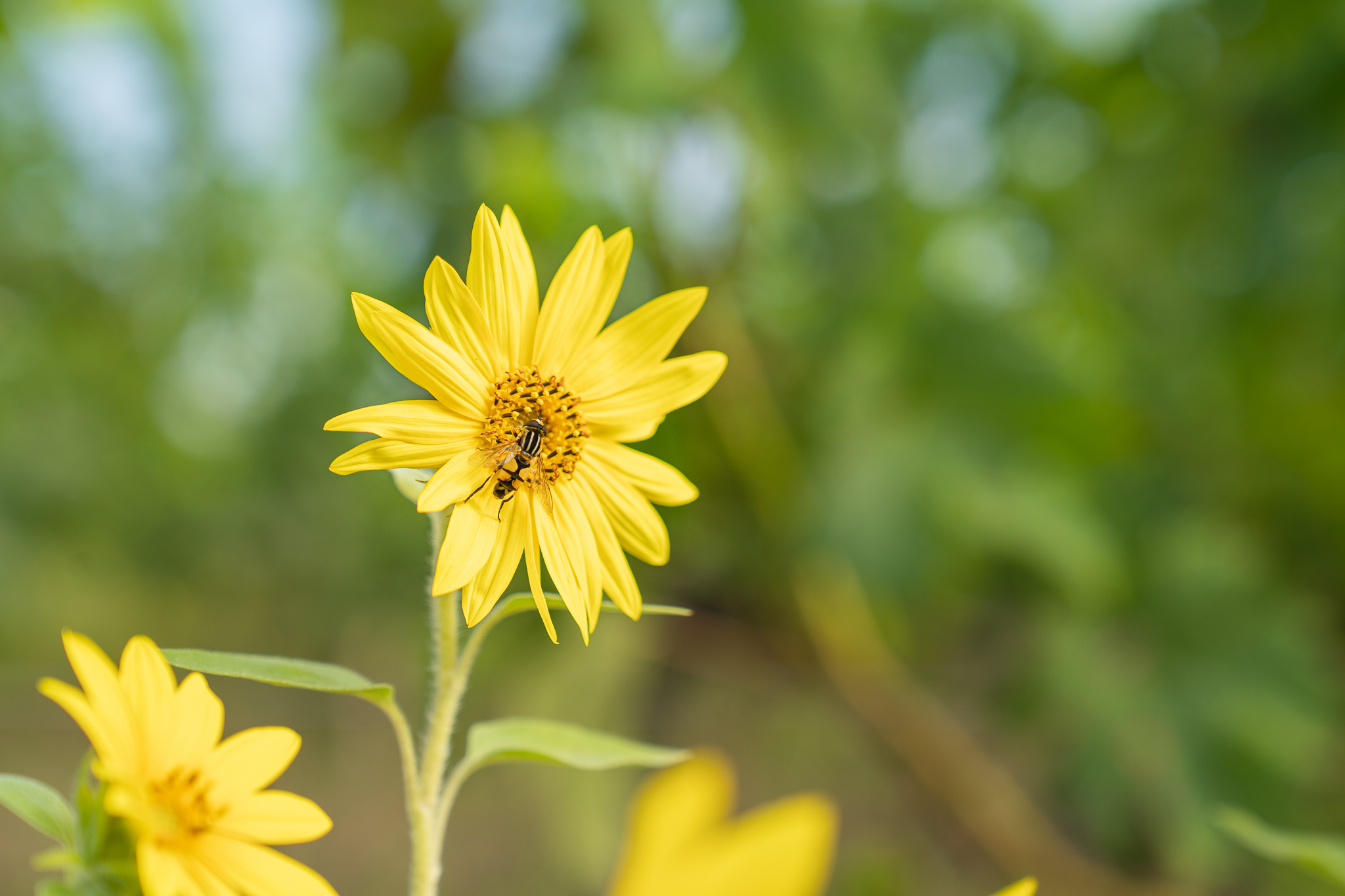
3. The advantages of vitiforestry
While the tree-vine model promotes the protection of species, it has many other benefits – agronomic, ecological, economic and societal:
Participate in a better agronomic ecosystem
Trees contribute greatly to the good health of the soil, to encourage the quality of grapes. While their dead leaves are a source of nutrients, their roots loosen the soil.
Mitigate climate change
By capturing carbon, trees help reduce human impact on the climate. But that’s not all – playing both the role of windbreak and shelter from the sun, our leafy friends regulate the temperature.
Create a natural barrier from chemical products
Planting of hedges between different agricultural plots is an effective physical protection from the dispersion.
Enrich the diversity of wine-growing landscapes
What could be more pleasant for local residents, winegrowers and wine tourists than to enjoy the varied natural panoramas? Trees and shrubs contribute to their layout and beauty.
Offer another source of income for the winemaker
By planting trees on their plots, farmers can benefit from an additional economic resource by selling their fruits, or even their wood.
Create a link with local populations
The Gironde Verte program, created by the CIVB in 1992 and supported by the National Education, makes it possible to raise children’s awareness of the protection of biodiversity and viticultural agroforestry.
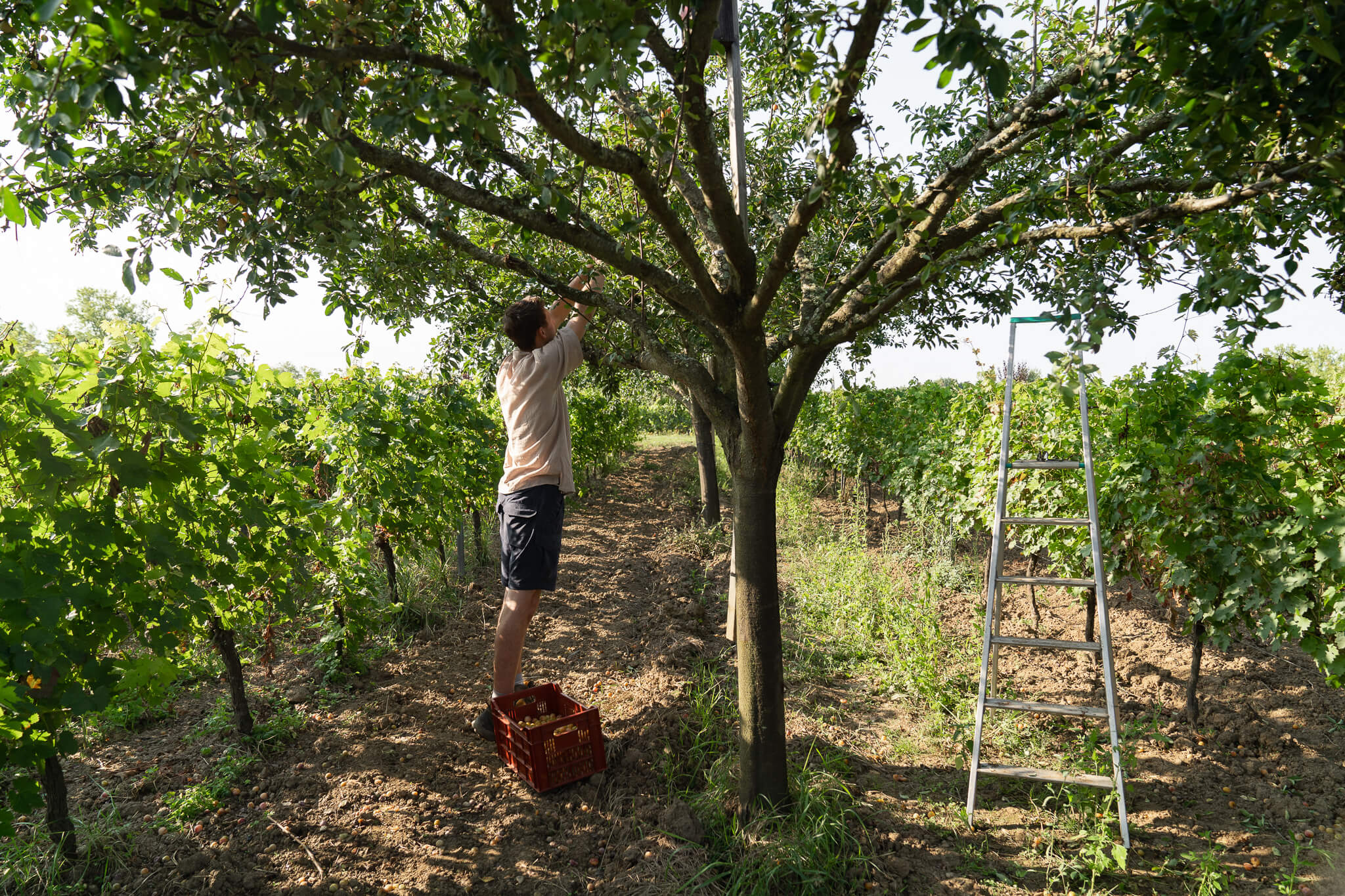
4. The effects of agroforestry on the taste of wine
And what about the impact of viticultural practices on the taste of Bordeaux wines? While many winegrowers talk about an “additional freshness”, little scientific work has been done on the subject.
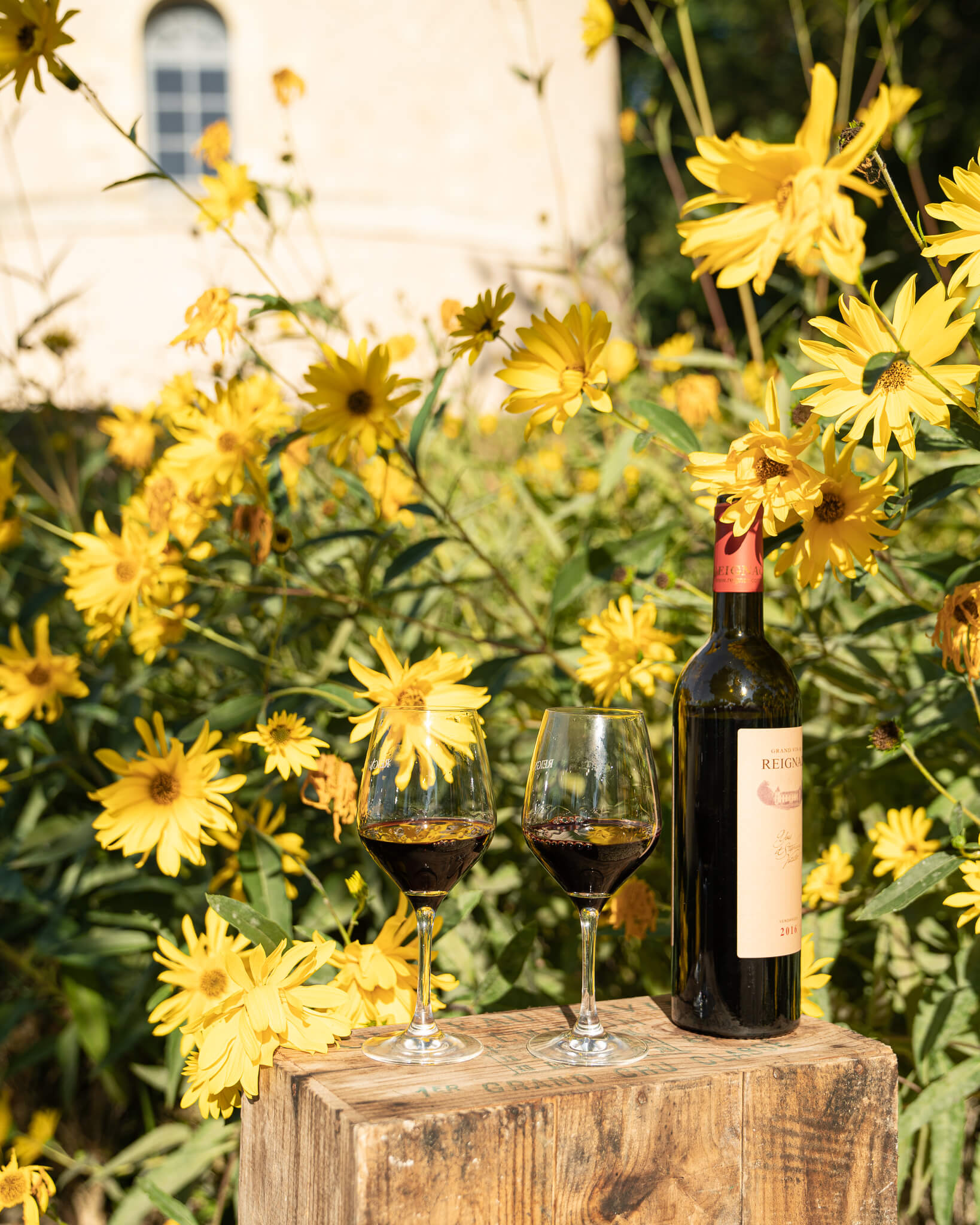
However, a study conducted by INRAE (National Research Institute for Agriculture, Food and the Environment) tends to confirm this point – better protected from the heat during flowering and harvesting, grapes grown in agroforestry have more acidity. This agro-ecological practice thus seems valuable to prevent the grapes from ripening too quickly, and to promote their aromatic development.
5. Agroforestry in the vineyards of Bordeaux is accelerating
In 2022, 75% of Bordeaux wine-growing areas were certified by an environmental approach, more and more winemakers are going further and setting an example with agroforestry. Plantation projects are flourishing, such as at Château Anthonic in Moulis-en-Médoc, at the Bordeaux Families cooperative winery in Sauveterre-de-Guyenne or at Château des Anneaux in Lalande-de-Pomerol. This is just to name a few.
In all terroirs of Bordeaux, collective initiatives are also multiplying. Among other things, the association Arbres et Paysages en Gironde acts in favour of the establishment of country hedges and trees. Big Ensemble aims to plant 300,000 trees in the Bordeaux vineyards by 2024. On the other hand, it aims to engage 100% of the properties in the region by 2030.
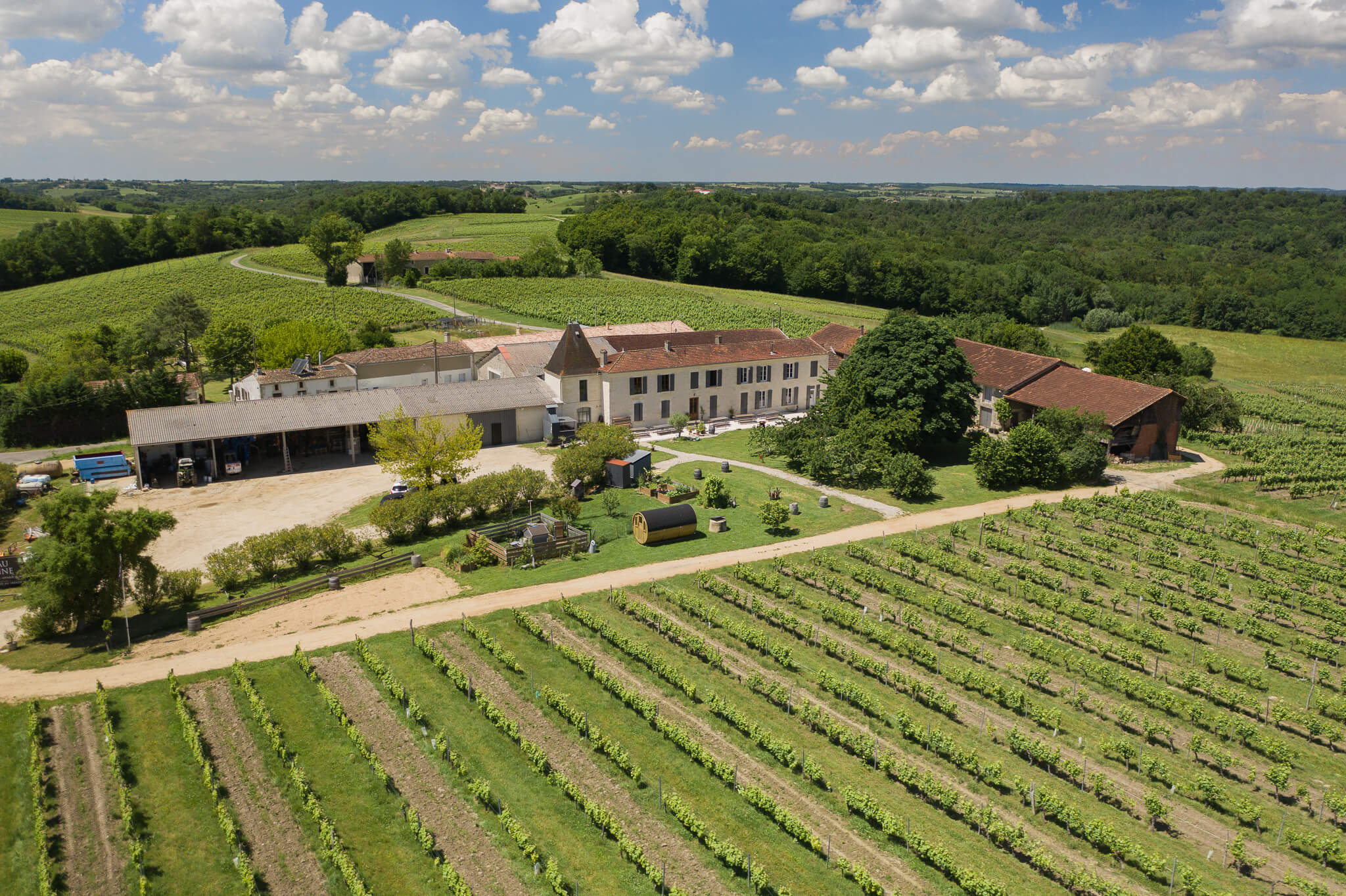
6. An ancestral winegrower’s method to reclaim and understand
While using agroforestry in the vineyards is a very old practice, it remains an innovation on the scale of our contemporary world, after the abandonment of polyculture in the 60s and 70s – so we don’t know everything about it yet.
Many scientific projects are underway in the field, to precisely measure its impact and gradually identify the risks and errors to be avoided. Among them, the effect of light as the shade and humidity generated by trees can promote certain diseases. Another example – succeeding in controlling the costs of these practices for the winegrower, linked to financial investments, team training or changes in cultivation techniques.
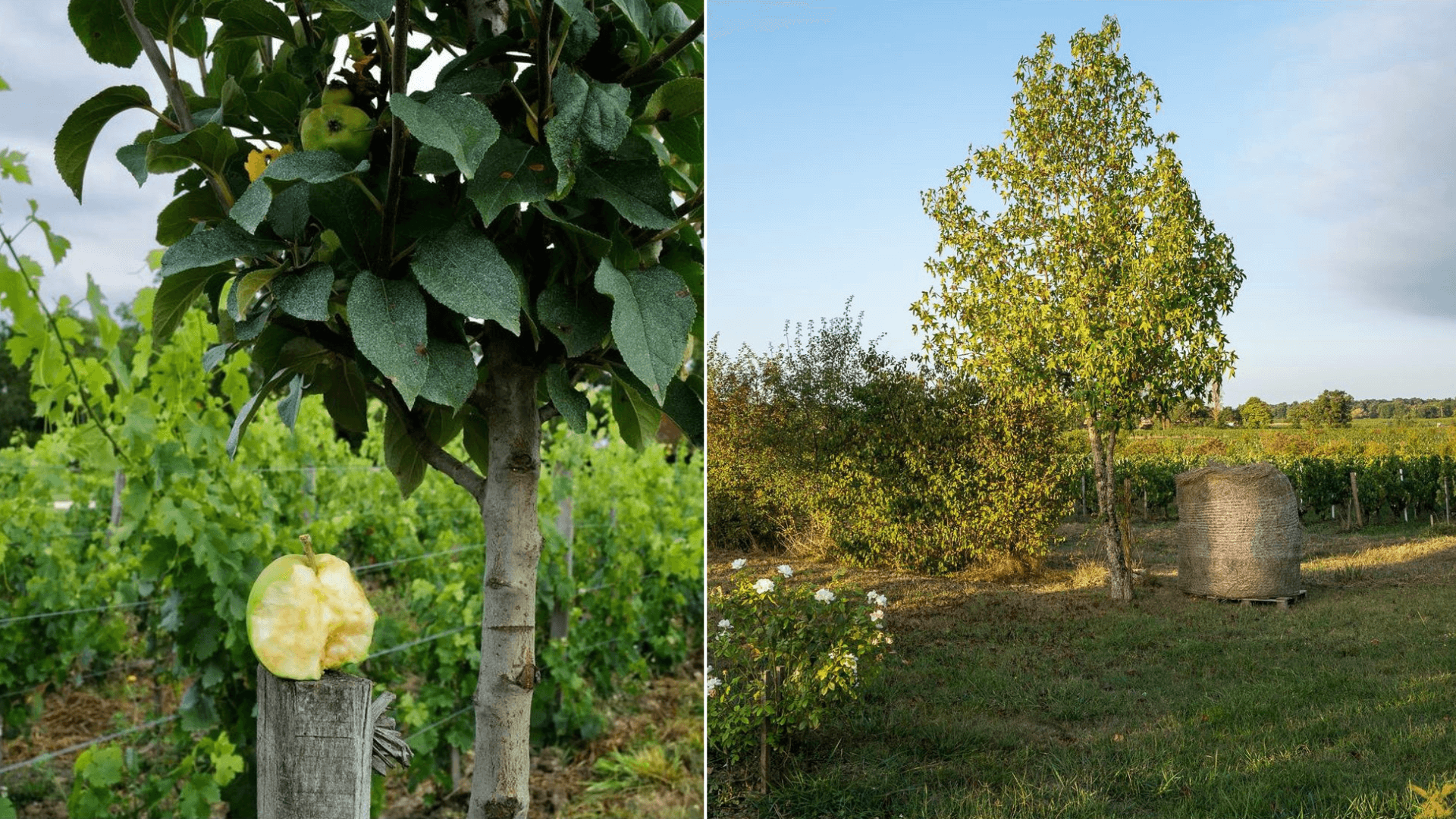
To conclude this overview, let’s leave the final word to Nea Berglund, winemaker at Château Carsin, in Rions: “To create a richer biodiversity, there are no problems or negative points, even small steps count!”.
Sources of the article:
Gironde Verte
Trees and Landscapes in Gironde
French Association of Agroforestry
BIG Ensemble
INRAE VITIFOREST study
